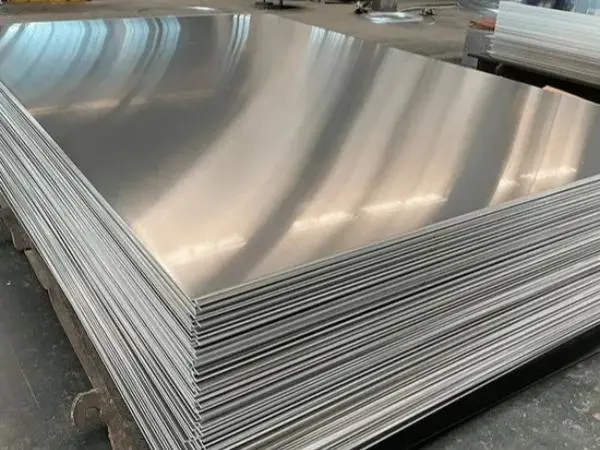- Phone0086 731 8564 8255
- E-mailsales@cscsteel-manufacturing.com
-

The hardness and strength of seamless steel pipes (SMLS) are primarily influenced by the type of steel used and the heat treatment methods applied. Below are several techniques to enhance the hardness and strength of seamless steel pipes.
Continental Steel Co., Ltd is professional seamless steel pipes manufacturer, for more details, please contact:sales@cscsteel-manufacturing.com
1. Heat Treatment Methods of Seamless Steel Pipes
Heat treatment is a common method for improving the hardness and strength of seamless steel pipes. By controlling the heating and cooling processes, the grain structure of the steel can be altered, resulting in increased hardness and strength. Common heat treatment techniques include normalizing, quenching, and tempering.
Normalizing: This involves heating the seamless steel pipe to a specific temperature and then cooling it to refine its grain structure, which enhances both hardness and strength.
Quenching: The steel pipe is heated to a critical temperature and then rapidly cooled, causing its grains to deform and thus increasing hardness and strength.
Tempering: Following quenching, the pipe is reheated to a lower temperature and cooled again to moderate its hardness and strength while improving toughness and plasticity.
Other variations of heat treatment include:
Quenching Treatment: Tempering is done immediately after quenching to reduce brittleness and enhance hardness.
Quenching and Tempering: High-temperature tempering following quenching to improve the core hardness.
Surface Quenching: Involves hardening only the outer layer of the pipe, maintaining toughness in the core.
Carburizing: This process involves the penetration of carbon into the surface, improving surface hardness.
Carbonitriding: Similar to carburizing, this process improves both surface and core hardness by introducing both carbon and nitrogen.
2. Optimized Process Design
The production process of seamless steel pipes plays a crucial role in enhancing their hardness and strength. Processes like high-temperature rolling, cold drawing, and other refining methods can be employed to improve the grain structure of the pipe. These methods help increase surface smoothness and overall mechanical properties, which enhance hardness and strength.
3. Adding Alloying Elements
The chemical composition of seamless steel pipes can be adjusted to improve hardness and strength. Increasing the carbon content and adding appropriate alloying elements such as titanium, chromium, or nickel can significantly enhance these properties.
4. Work Hardening
Work hardening, or strain hardening, occurs when the pipe undergoes mechanical processing or deformation (e.g., through rolling or stretching). This alters the crystal structure of the steel and increases its hardness by introducing dislocations in the material.
Factors Affecting Hardness and Strength of Seamless Steel Pipes
Several factors beyond heat treatment and process design can affect the hardness and strength of seamless steel pipes, including:
Material Composition: The type and proportion of elements used in the steel’s composition impact its mechanical properties.
Grain Size: Finer grains generally improve hardness and strength, as they offer better resistance to deformation.
Surface Condition: The smoothness and cleanliness of the pipe surface can influence its hardness and the risk of defects.
Shape and Size: The dimensions of the pipe also play a role, as pipes of varying sizes and shapes may have different strength characteristics.
Balancing Hardness, Strength, and Toughness
It is important to note that increasing the hardness and strength of seamless steel pipes does not automatically translate into better overall performance. Hardness and toughness are interrelated, and improving one can sometimes negatively impact the other. For instance, heat treatment and work hardening can make the pipes more brittle, which may compromise their toughness.
Therefore, it is critical to carefully select the appropriate treatment method to enhance hardness and strength while considering the impact on the pipe’s toughness and plasticity. It is always advisable to consult with professionals to ensure proper procedures are followed for optimal results.
Conclusion
This article outlines various methods to improve the hardness and strength of seamless steel pipes, including heat treatment, optimized production processes, alloying, and work hardening. Additionally, the factors affecting these properties are discussed, providing a clearer understanding of how to apply these techniques effectively. However, while enhancing hardness and strength, it is essential to maintain a balance with toughness and plasticity to ensure the safe and reliable use of seamless steel pipes in their applications.




